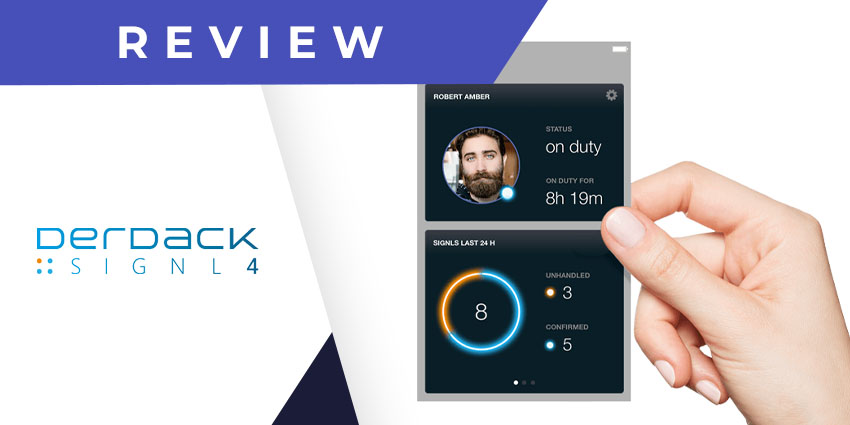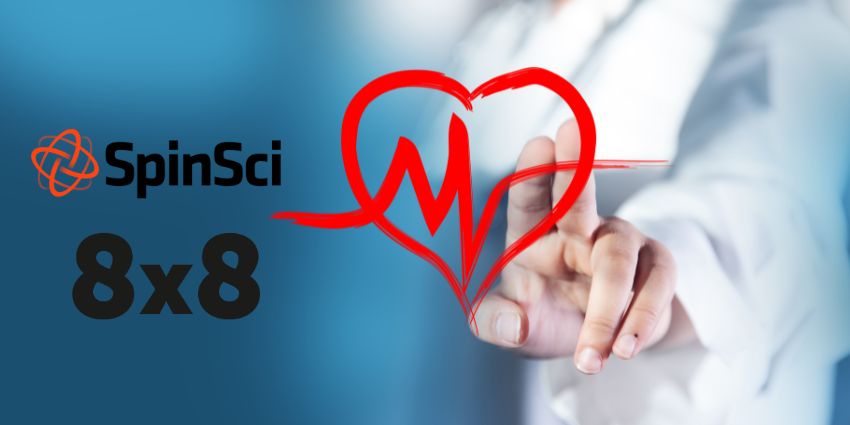SIGNL4 is a mobile alerting system for critical incident response, integrating with conversational tools like Slack and Teams for alert delivery and management.
The company started in 2017 and is based out of Brandenburg, Germany. Using SIGNL4, owners, admins or safety officers can manage the end-to-end lifecycle of a critical incident alert by integrating with 150+ apps across their entire enterprise technology stack. Large EU enterprises like Daimler and Scania rely on SIGNL4 to resolve system incidents.
Primary use cases include workers’ safety emergency and safety alerts, 24/7 IT operations, manufacturing continuity or disaster response, urgent IT service requests, internal helpdesks, and IoT service alerts, particularly in industrial and manufacturing scenarios. SIGNL4 is entirely mobile-centric, with support for both Android and iOS systems. It also includes a ChatOps capability for incident collaboration, which is where Microsoft Teams comes in.
The SIGNL4 app for Microsoft Teams came out in 2020. It introduces a chatbot inside Teams that will keep users updated on important notifications and events. For instance, alerts for workers to clock in, for when their shift duty begins. Users can also use the app to raise alerts directly from Teams.
Let us now explore SIGNL4 for Teams in detail.
Inside SIGNL4 for Microsoft Teams
SIGNL4 runs on Azure, which makes it a good fit for incident response personnel using Teams. Users can download the app from Microsoft AppSource or install it from the application marketplace accessible via the left navigation pane on Teams.
While installing the SIGNL4 app, it prompts users to choose the channel where they would like to receive incident alerts and notifications.
Here is a quick review of the key features they can expect with SIGNL4 for Teams:
- The SIGNL4 chatbot: Once they install the app, the SIGNL4 bot is automatically added to their selected channel. Users can interact with the bot using simple commands like check-in to start their shift duty, check-out alerts on alerts off, and log out. Users can also type in @SIGNL4 help to list all the available commands as actionable buttons.
- Sending a new alert: Users can also use SIGNL4 to initiate alerts from Teams and respond to them. Type in @SIGNL4 alert followed by the alert text message. This is helpful when a public announcement, such as a fire warning or a power cut. Any channel member can log into Teams and send an alert that conveys automatically to incident response personnel via the SIGNL4 app.
- Real-time incident notifications: Owners, admins or safety officers will be notified in real-time whenever a user raises an incident request via Teams or any other channel connected to SIGNL4. The SIGNL4 bot sends the alert in the form of a card that appears on your selected track. You can acknowledge/confirm the signal, add an annotation or note, or mark it as resolved if you or a colleague has already acted on the incident.
- The SIGNL4 messaging extension: The SIGNL4 messaging extension allows users to trigger a new incident alert during any conversation, including personal chat messages. The Signal (i.e., the alert) goes automatically to your team via the Teams channel as well as the primary SIGNL4 app for smartphones.
- Notifications for closed signals: In addition to real-time incident notifications, users can stay updated on other SIGNL4 events using the Teams app. For instance, the chatbot will let you know when someone confirms an alert, when a ticket closes, etc. you can choose to send notifications either to the entire team or only to personnel on duty.
- Annotations for future audits: The ability to annotate incident alerts deserves special mention — this feature serves two purposes. First, owners can implement annotations to resolve simple incidents directly from Teams by conveying the solution via a note. Second, if there are any specific procedures to follow, users can mention them through annotations, and SIGNL4 will keep a record as part of its audit trail.
Why the SIGNL4 App Makes a Difference
SIGNL4 transforms the old-school pager-based incident response mechanism and enables faster response times, transparency, and workload optimisation for incident response personnel. And Teams’ conversational interface is the perfect upgrade to the simple text or pager-based system we are all familiar with.
What we Think
SIGNL4 perfectly combines mobile access and the ease of a conversational interface with efficient incident handling. At only $19 per user per month for the most premium edition, SIGNL4 is a wise investment — download it here.







